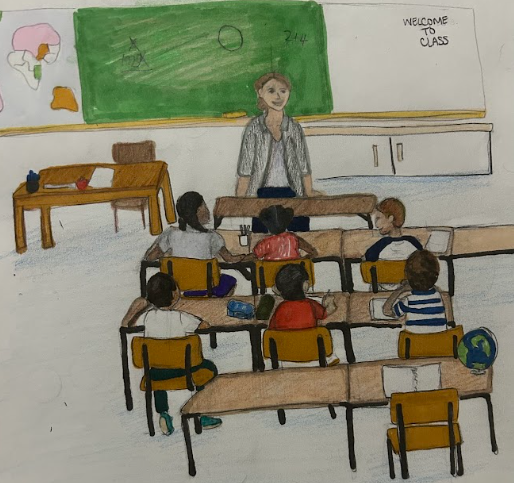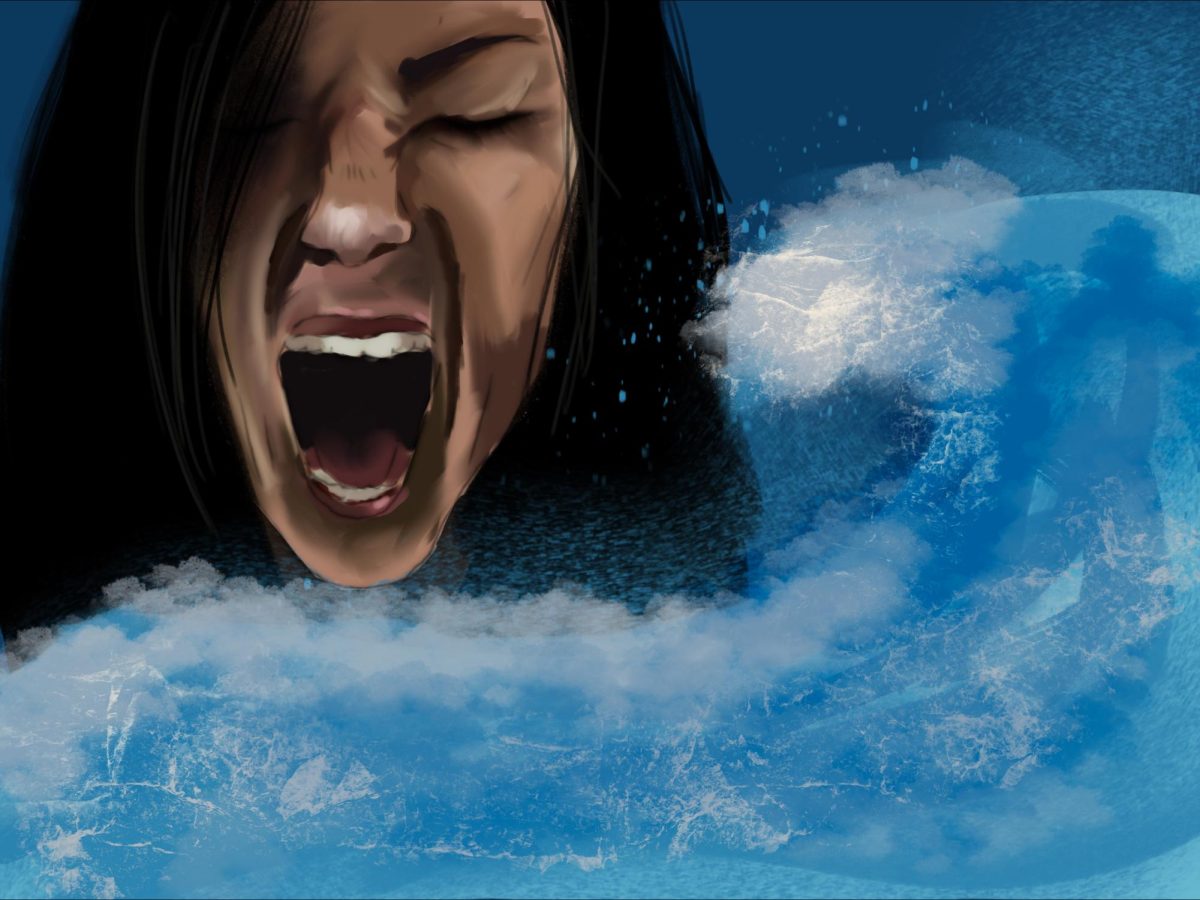How Media Should Depict Mental Health
Courtesy of Milad Fakurian on Unsplash
In today’s society, it is easy to feel like one is fighting every problem in the world alone. In reality, so many people are facing the same issues and fighting the same battles. It takes a brave person to share his or her experience for others to follow. This is where representation comes in. Since Colonial days, it is in human nature to want some sort of representation of oneself. Although modern-day representation is more than taxation, people of all sexualities, races, gender identities, and many more qualities deserve to be represented. There is a form of representation, however, that is rarely illuminated in media, and rarely done well if so: mental health. The topic of mental health historically has been seen as a taboo, and it has only recently been brought into youth conversations. Thanks to the younger generations, many more people are recognizing and discussing their mental health, and if they are able to, they are getting the right treatments. When conversations of mental health grow from whispers to yells, it is time for the media to get involved.
The involvement of the media in “taboo” topics can often be touchy. Specifically in television, networks may downplay or “Flanderize” (a term coined by The Simpsons to represent the changing of a character from dynamic to flat) certain aspects of mental illness. This could go both ways. Mental illness can be romanticized, so much so that viewers might believe having the illness is something they want, or it may be portrayed as demonic and make people with that disorder out to be monstrous. In either direction, it is not helpful to those with the disorder to deal with the consequences of the media poorly researching and representing a topic.
“Depicting mental health in the media is insanely important, as long as it’s done right. So many places in the world already stigmatize mental health, and people – especially kids – need proper support. Misrepresentation only instigates further stigmatization,” explained senior Lola Sokolskiy.
Aside from the many poorly-handled examples of mental health in the media, there are also many great examples that shine a light on the realities of their given issue. Realistic depictions of mental illness and disorders shown in media not only educate people on topics that are most often stigmatized, but also humanize people with any given disorder. Many people who suffer from these disorders are still kind, compassionate people who deserve the same amount of love as those without a disorder. Having a disorder, unfortunately, gives them symptoms they would rather live without, but it does not take away what makes them “them.” Great depictions of mental illnesses in the media show both: the sometimes uncomfortable lows of an illness, and the hope that comes with learning to live and work with it. Mental illnesses, while horribly stigmatized, are not just one thing. They are never-ending cycles of highs and lows, happiness and sadness, growth and relapses, none of which chain the sufferer to his or her illness. Any piece of media that accurately represents mental illnesses should be able to portray that. Additionally, if a depiction of a mental illness is done well enough, it can open the eyes of people who might be suffering from that illness and not realize. Putting a name to problems that were previously unexplainable is an undeniable reward of representation done right.
“I think it’s important to accurately represent mental illness in the media because doing so will raise awareness of all the side effects of mental illness, not just the ones which are seen as socially acceptable. Also, it’s important for those struggling with mental illness to not feel alone, and seeing a character in the media with a similar illness could help them with that,” said junior Nora Kane.
With all these expectations, and a general lack of knowledge that comes with the topics’ history of “taboo” status, it is not a surprise that so few pieces of media successfully achieve a realistic representation of mental disorders. It makes the ones that do all the more special.
Now that the expectations for a good depiction of mental health have been broken down, what is so important about representation?
The importance of representation is more than seeing oneself on screen; it can be the difference between getting help and suffering in silence because one does not have a name for the problem he or she has. Seeing accurate symptoms of mental illnesses shown on screen can help a person explain what he or she believes to be wrong to both professionals and his or her family members and friends. Furthermore, it can give a person clarity on the specifics of his or her illness. From an informational standpoint, it is very beneficial to see one’s mental health depicted correctly in the media.
Mental illness is notoriously stigmatized. On top of everything sufferers already deal with, they have to put up with harmful and most often untrue stereotypes. These stigmas are widespread throughout society, some widely-known ones being, “People with depression cannot do anything for themselves,” “People with anxiety are scared of everything and can have no fun,” and “People with borderline personality disorder (BPD) are unstable and violent.” These beliefs COULD be true, but they are completely dependent on a singular person, regardless if he or she has a mental issue or not. When these disorders are accurately depicted on screen, it proves these stigmas to be false. A show or movie could depict a person living a full life but happens to struggle with depression or someone with anxiety braving a stressful event and living life in spite of his or her illness. Most importantly, it can show those who have a narrow-minded view of what mental illness is supposed to be for what it is. “The more we talk about mental health in the media, the more understanding there is about mental health. Spreading the message of the struggle of mental health makes it easier for those who suffer with mental illnesses,” explained junior Sabrina Ostroff. Mental health as a concept is essentially a prism of color, while society still assumes it as black and white. There are so many sides and outcomes to it, much more than one definite stereotype.
Whether a person has a mental illness or not, the benefits of representing the disorders in television and media allow for great strides in the openness of society. When people start to have conversations about mental health and the topic is thought of as a topic instead of a taboo, our society will become more inclusive.

I am a member of the Class of 2024 as well as a managing editor for Horizon. I like to write, read, sing, and act. One fun fact about me is that I love...










































